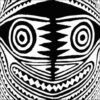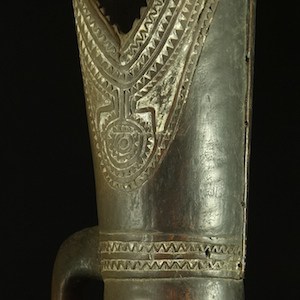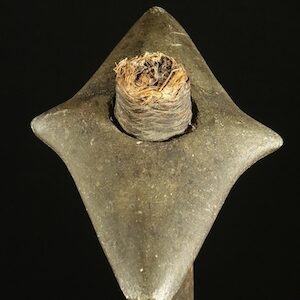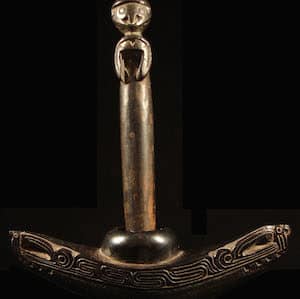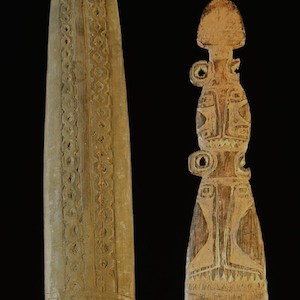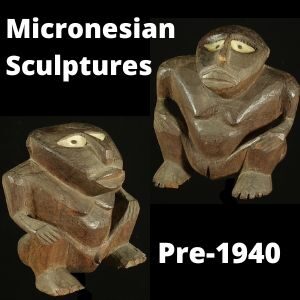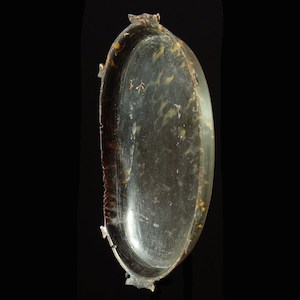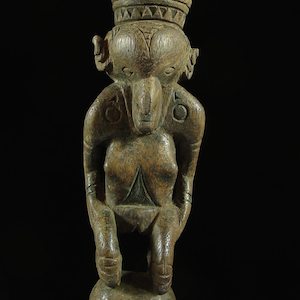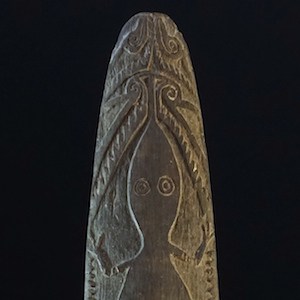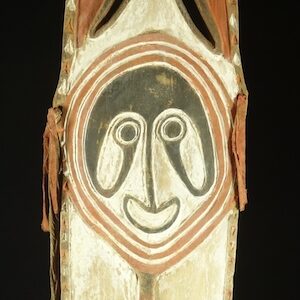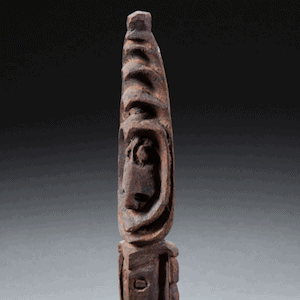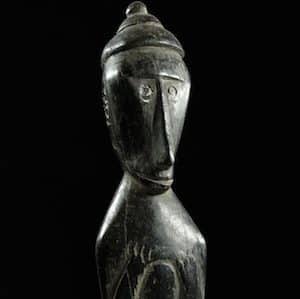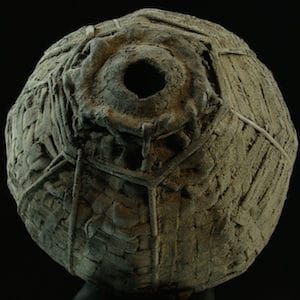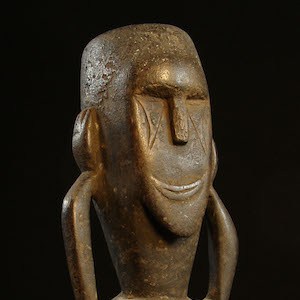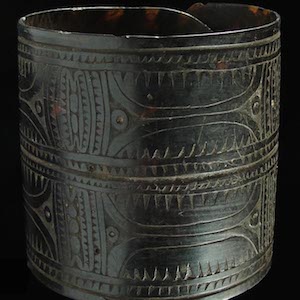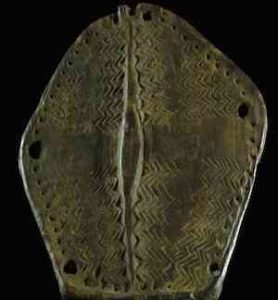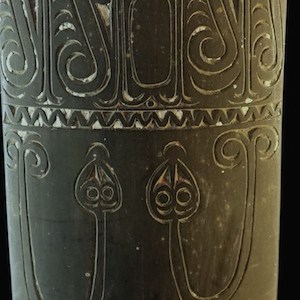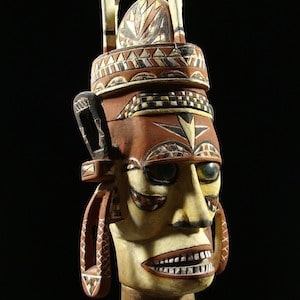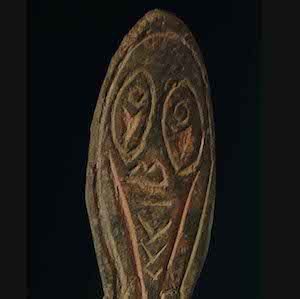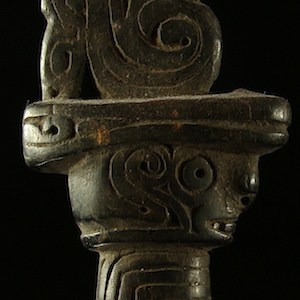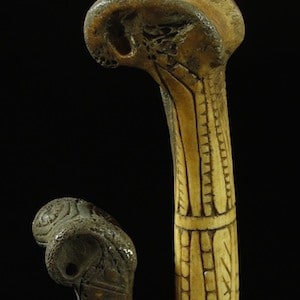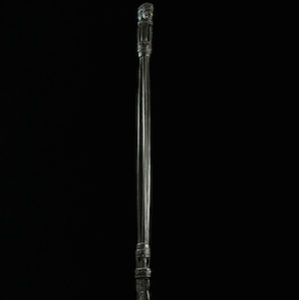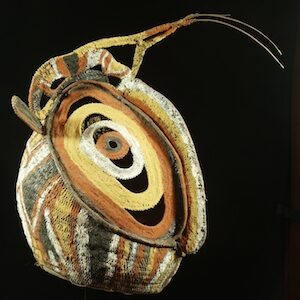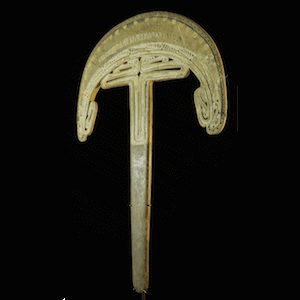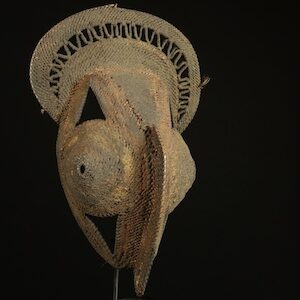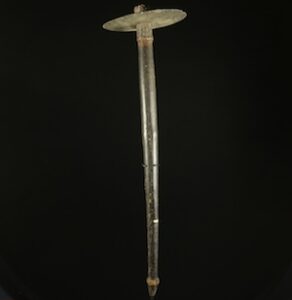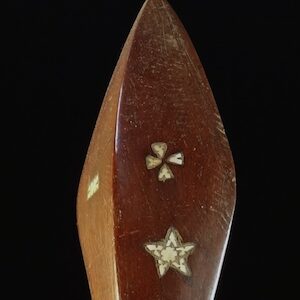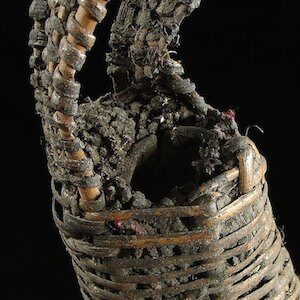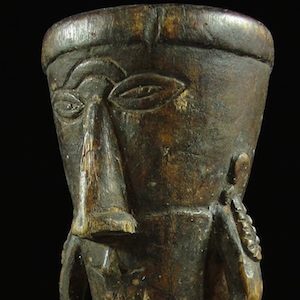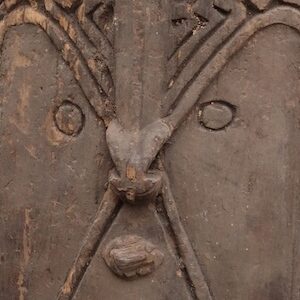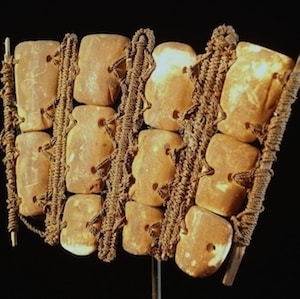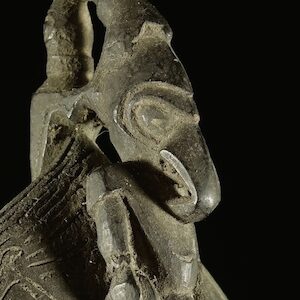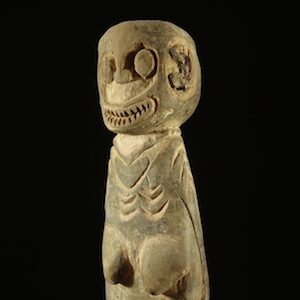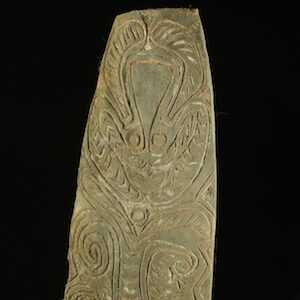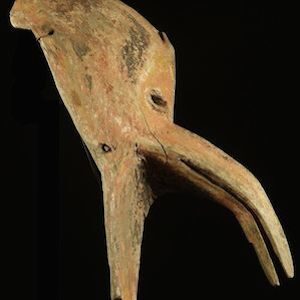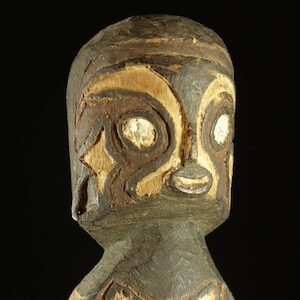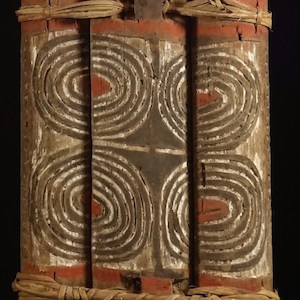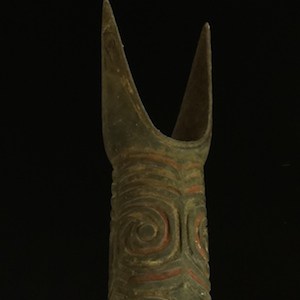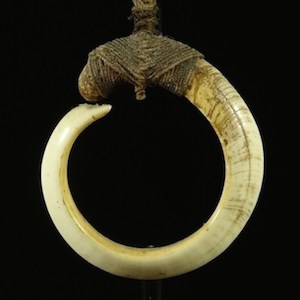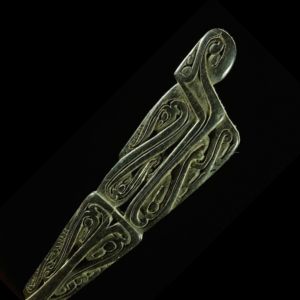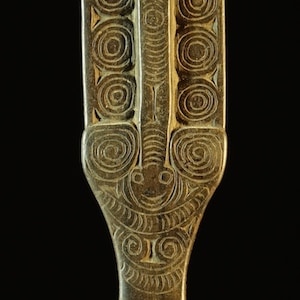Elema Kundu Drum
Large Papuan Gulf Kundu drum from Orokolo bay Elema People Papuan Gulf.
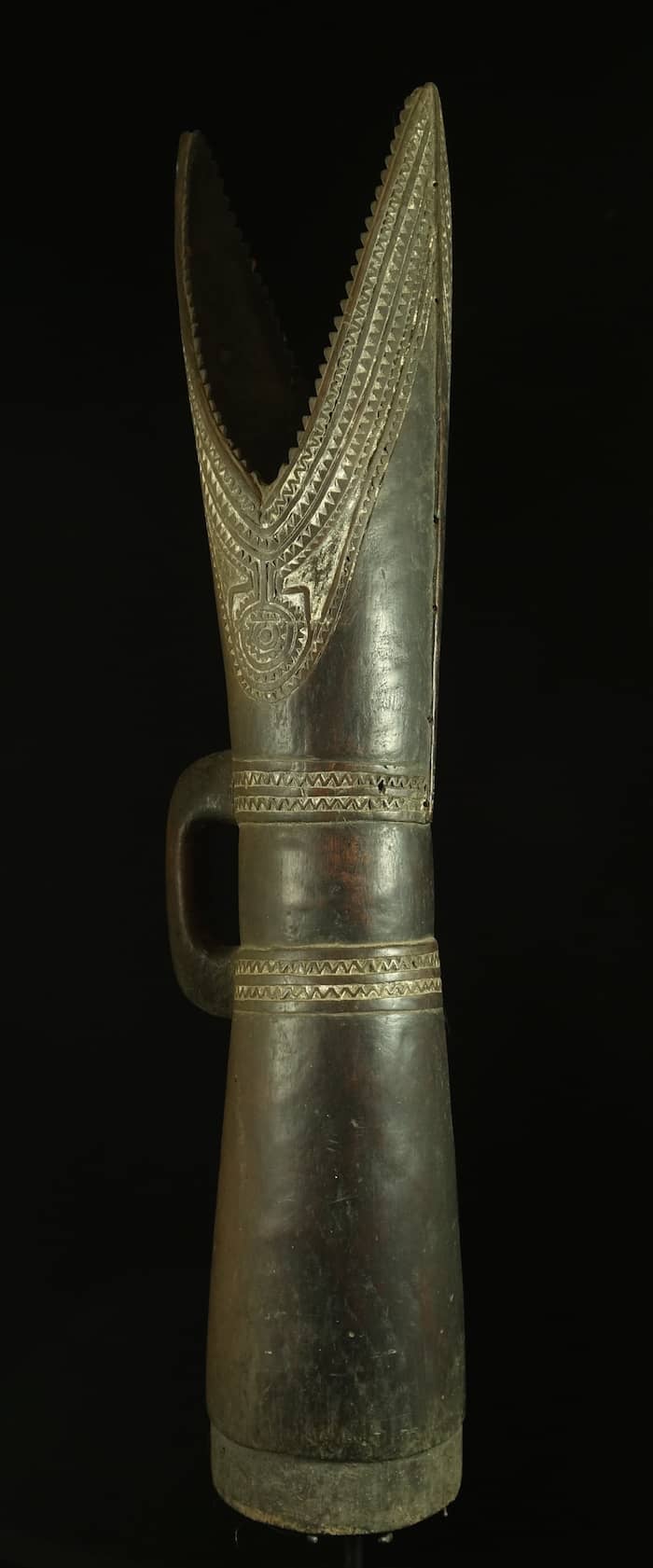
Object Type: Kundu Drum
Locality: Orokolo Elema people Papuan Gulf, Papua New Guinea
Artist: Unknown
Circa: 1940
Height: 93 cm
Description: This large papuan Gulf Kundu drums is from the Elema people Papua new Guinea. The patina on the handle side is not as dark chocolate as the bottom indicating it was stored from the hut rafters. Nice and deeply carved and an excellent example of this style of drum.
Article on New Guinea Kundu Drums
This drum does not have a stand
Price: $1250 AUD

Other Art objects Available
Elema people kundu Papuan Gulf drum Papua New Guinea
The Kundu drum is a traditional percussion instrument found in Papua New Guinea. It is one of the most iconic and recognized musical instruments in Papua New Guinea.
The Kundu drum is carved from a single log, usually made from a tree trunk. It features a hollowed-out cylindrical body with a rounded or tapered shape. The drumhead is made from animal skin, such as lizard, and stretched over one end of the drum. Modern versions may also use synthetic drumheads.
A drum is played by striking the drumhead with the hands or using drumsticks made from wood or bamboo. Different playing techniques, hand positions, and rhythms produce a variety of sounds and tones. The player may also control the pitch and resonance of the drum by adjusting the tension of the drumhead.
The Kundu drum holds significant cultural and social importance in Papua New Guinea. The drum’s rhythms and beats accompany and enhance the performance of traditional songs. ,
In many Papua New Guinean cultures, the kundu drum is seen as sacred and has a spiritual dimension. It has the power to connect with ancestral spirits and communicate with the spiritual realm. As such, the drum is often used in ceremonial and religious contexts, serving to invoking and honoring ancestral presence.
The design and ornamentation of kundu drums can vary between different regions and cultural groups. Some drums are left plain, while others are elaborately carved. These designs often reflect the cultural motifs of the specific community.
The kundu drum is not only an instrument of cultural significance but also a symbol of cultural identity. Its rhythmic and vibrant sounds continue to be an integral part of traditional music and cultural practices.
